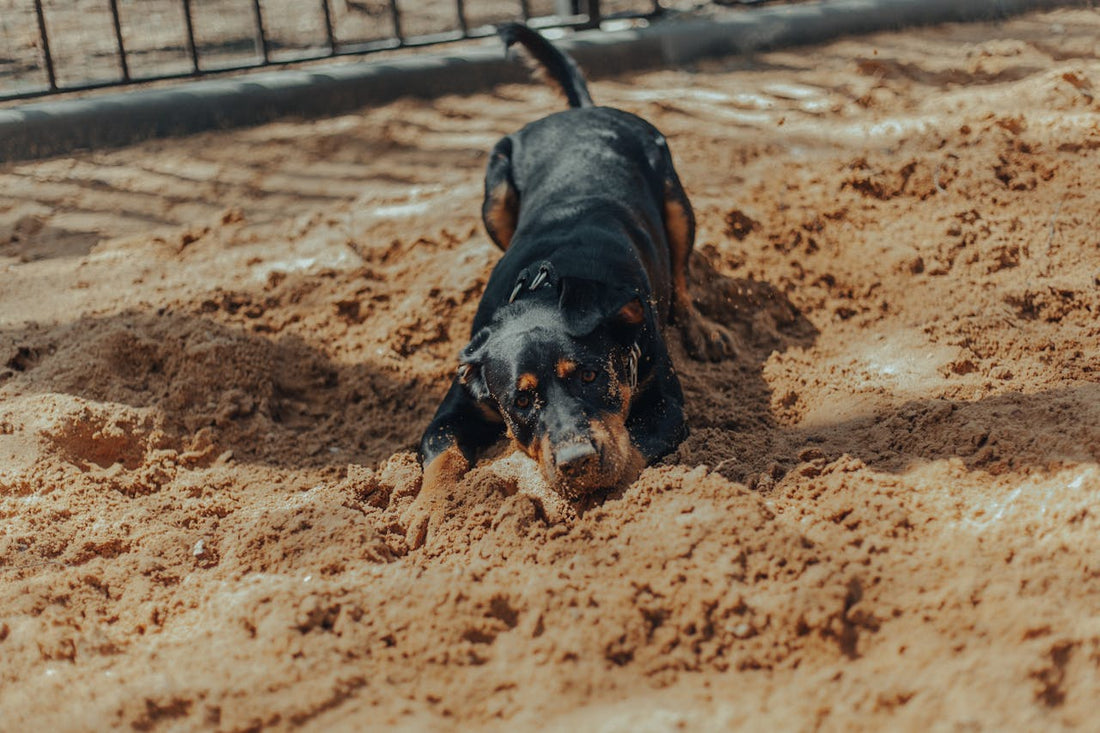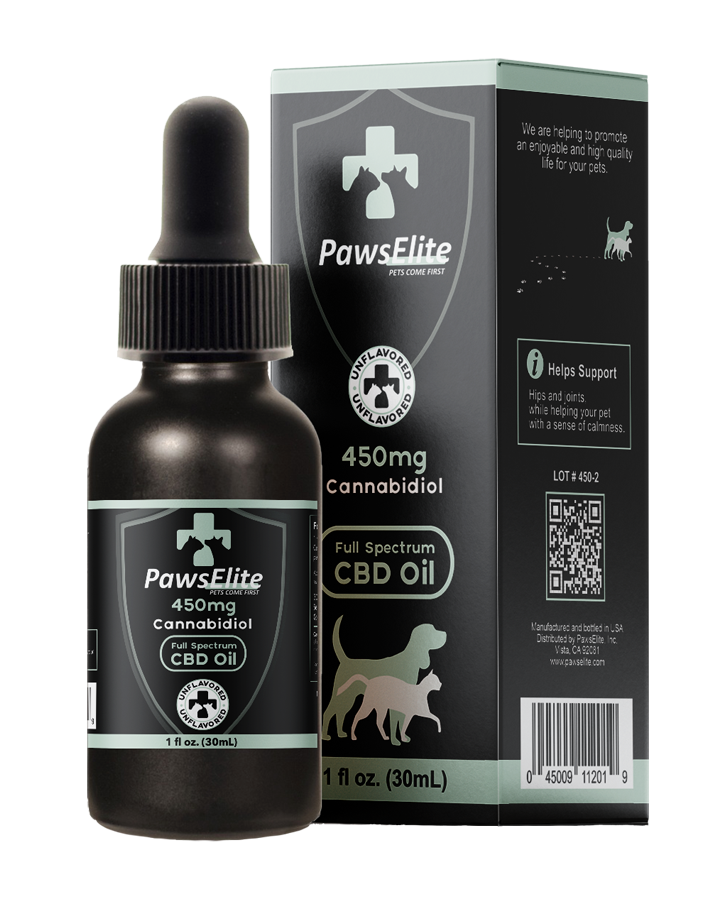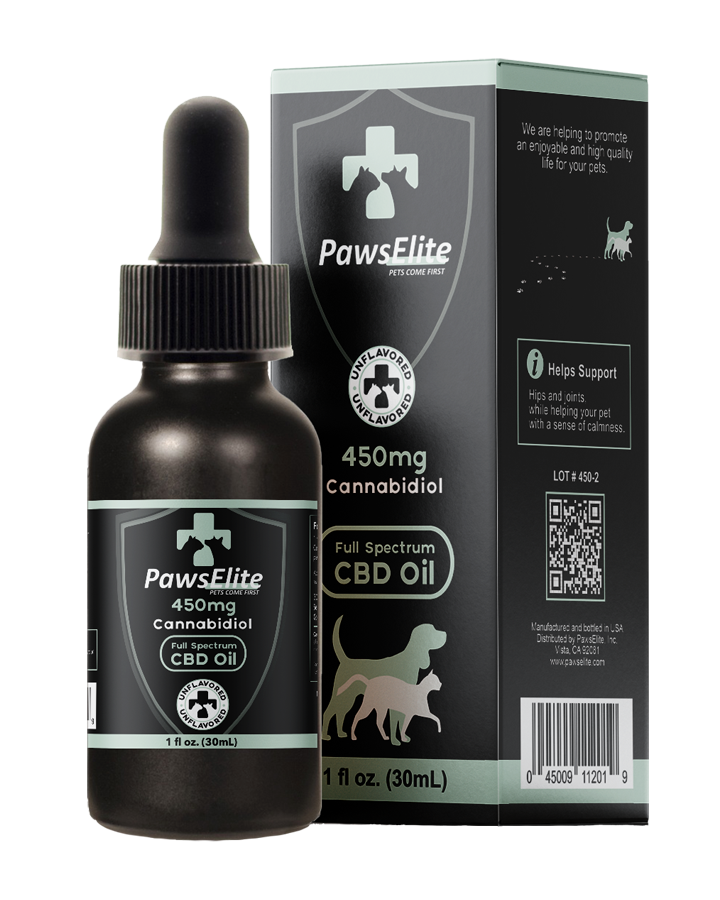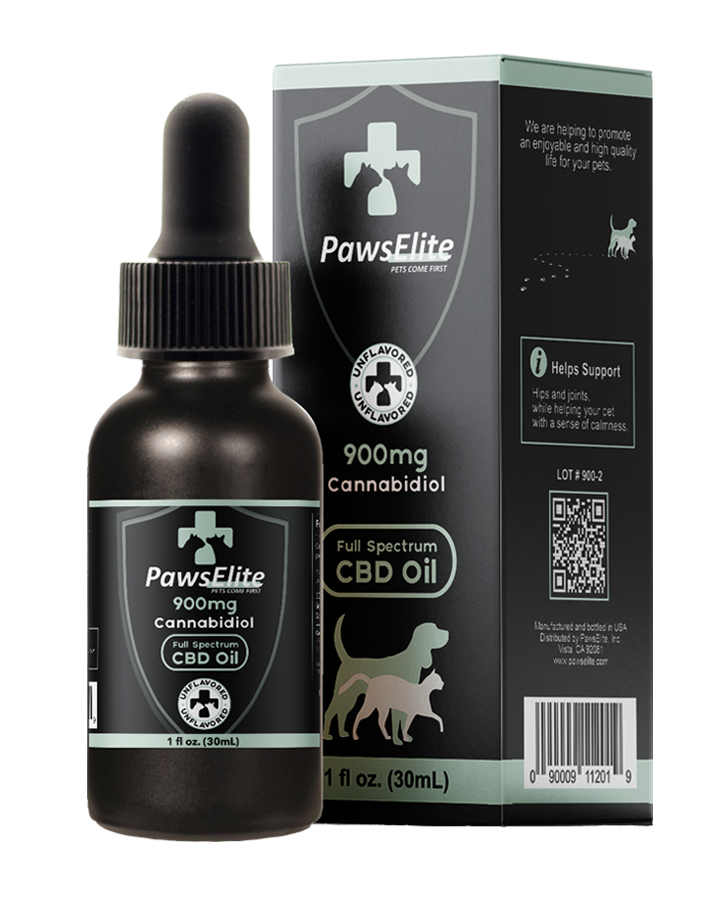
How Hot Is Too Hot for a Dog’s Paws?
Share
As temperatures rise, it's essential to understand how hot is too hot for a dog’s paws. Just like us, our furry friends can suffer from the extreme heat, particularly when walking on hot pavement. But at what point does it become dangerous? In this article, we’ll explore how to determine when it’s too hot for your dog’s paws, how to protect them, and what to do if your dog’s paws get burned. Let’s dive in!
Table of Contents
- Why It’s Important to Know How Hot Is Too Hot for a Dog’s Paws
- The Science Behind Hot Pavement and Dogs’ Paws
- How to Test If Pavement Is Too Hot for Your Dog’s Paws
- Signs That the Ground Is Too Hot for Your Dog’s Paws
- Preventing Burns on Your Dog’s Paws
- What to Do If Your Dog’s Paws Get Burned
- Additional Tips for Keeping Your Dog Safe in Hot Weather
Why It’s Important to Know How Hot Is Too Hot for a Dog’s Paws
Understanding how hot is too hot for a dog’s paws is crucial for any pet owner. The pads of a dog's feet are sensitive and can easily be burned by hot surfaces such as pavement, asphalt, and sand. When these surfaces get too hot, they can cause severe pain and injury to your dog. By knowing the temperature at which pavement becomes dangerous, you can prevent these injuries and keep your dog safe during summer walks.
The Science Behind Hot Pavement and Dogs’ Paws
To understand how hot is too hot for a dog’s paws, it’s essential to know the science behind it. Pavement absorbs and retains heat, which means that on a hot day, the temperature of the ground can be significantly higher than the air temperature. For example, if the air temperature is 77°F, the pavement can reach temperatures as high as 125°F, which is more than enough to burn a dog's paws within 60 seconds. The darker the pavement, the hotter it can get, making it even more dangerous for your dog.
How to Test If Pavement Is Too Hot for Your Dog’s Paws
One of the simplest ways to determine how hot is too hot for a dog’s paws is by using the “seven-second rule.” Place the back of your hand on the pavement for seven seconds. If you find it too hot to hold your hand there, it’s too hot for your dog’s paws. This test is a quick and effective way to ensure your dog’s safety before heading out for a walk.
Signs That the Ground Is Too Hot for Your Dog’s Paws
Even if you’re careful, it’s still possible for your dog’s paws to get burned. Watch for signs such as:
- Limping or reluctance to walk
- Licking or chewing at the feet
- Red or darker-than-normal pads
- Blisters or visible damage to the paw pads
- Excessive panting or signs of distress
If you notice any of these signs, it’s important to take action immediately to prevent further injury.
Preventing Burns on Your Dog’s Paws
Now that you know how hot is too hot for a dog’s paws, here are some preventive measures you can take:
- Walk your dog in the early morning or late evening: Temperatures are cooler during these times, making it safer for your dog’s paws.
- Stick to grassy or shaded areas: These surfaces are generally cooler and gentler on your dog’s paws.
- Use dog booties: These provide a protective layer between your dog’s paws and the hot pavement.
- Carry water: Hydration is key in hot weather, so always have water on hand for both you and your dog.
What to Do If Your Dog’s Paws Get Burned
Despite your best efforts, accidents can happen. If your dog’s paws get burned, here’s what you should do:
- Move your dog to a cool area immediately: Get off the hot pavement and onto a grassy or shaded spot.
- Rinse their paws with cool (not cold) water: This helps to soothe the burn and reduce pain.
- Apply a paw balm or burn ointment: These can help heal the burn and provide some relief for your dog.
- Consult your vet: If the burns are severe, it’s important to seek professional medical advice.
If your dog is showing signs of extreme discomfort or if the burns are blistering, it’s best to seek veterinary care immediately. You can also consider using CBD dog treats to help manage their anxiety during recovery.
Additional Tips for Keeping Your Dog Safe in Hot Weather
In addition to knowing how hot is too hot for a dog’s paws, here are some extra tips to ensure your dog stays safe and comfortable in hot weather:
- Never leave your dog in a parked car: Temperatures can rise quickly and become deadly.
- Provide plenty of water: Make sure your dog has access to fresh water at all times.
- Limit exercise on hot days: Overexertion can lead to heatstroke, which is a medical emergency.
- Consider a cooling vest or mat: These can help keep your dog’s body temperature down during walks or at home.
Remember, your dog relies on you to keep them safe and comfortable. By being vigilant and taking precautions, you can help ensure that your furry friend enjoys the summer safely and happily.







